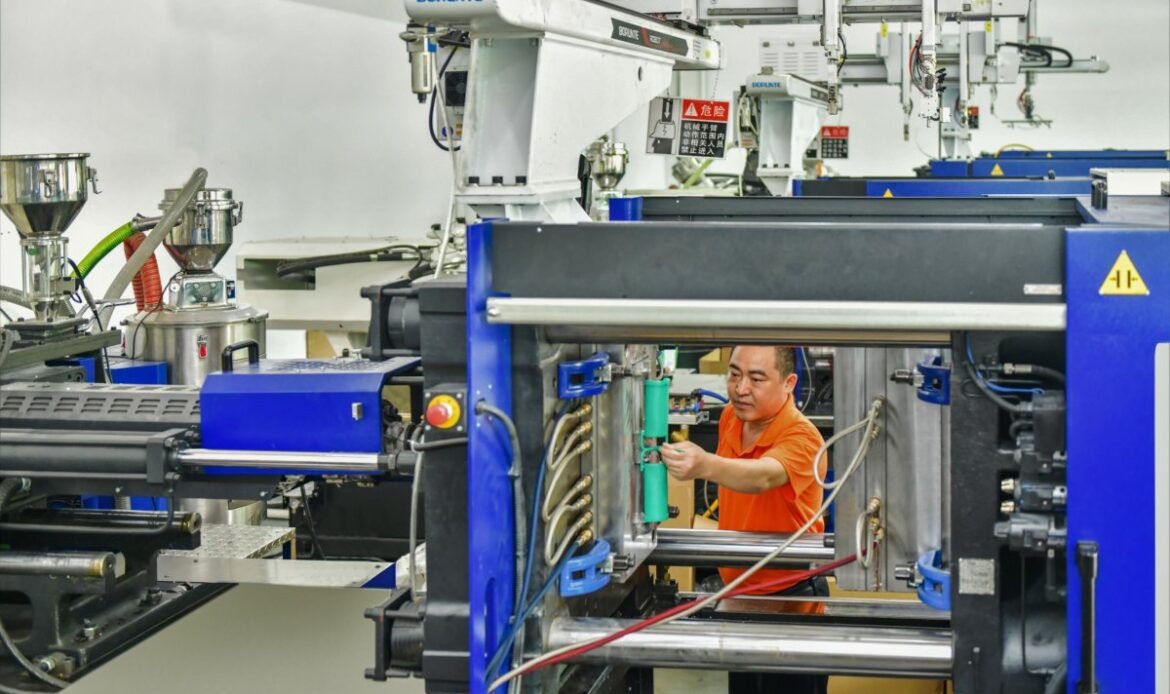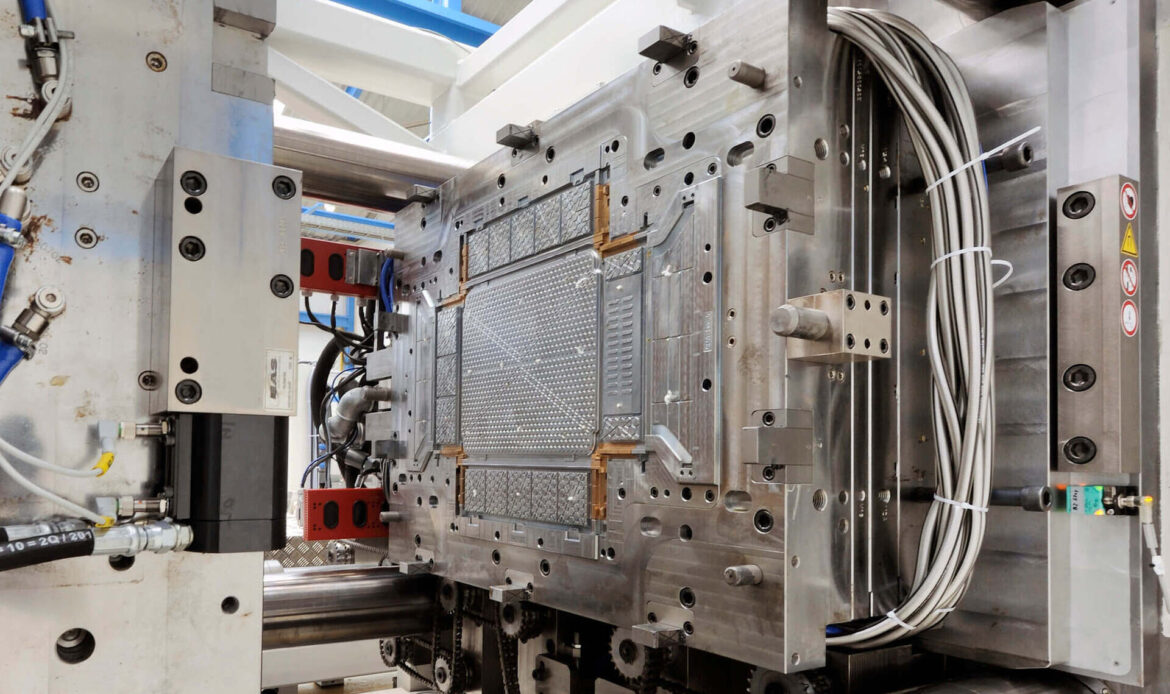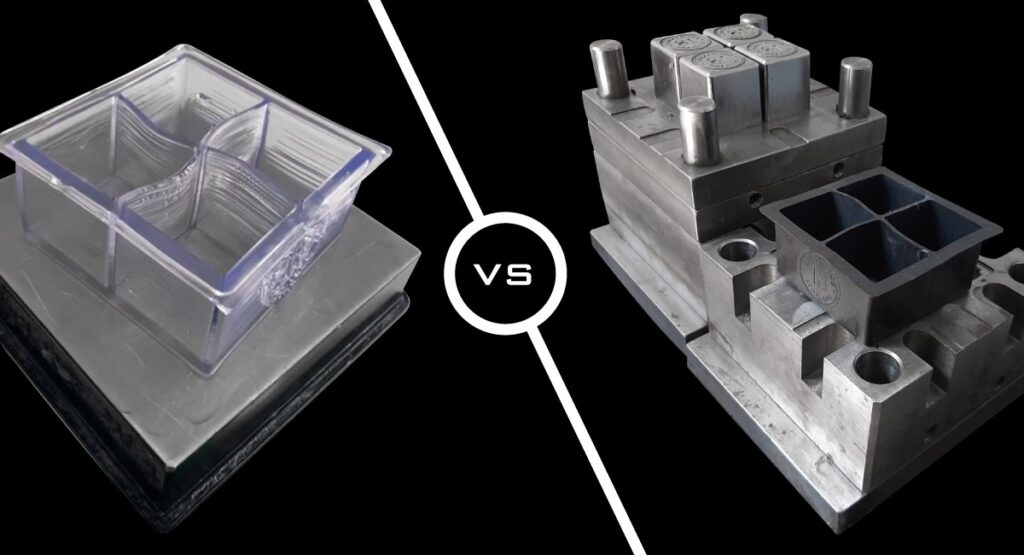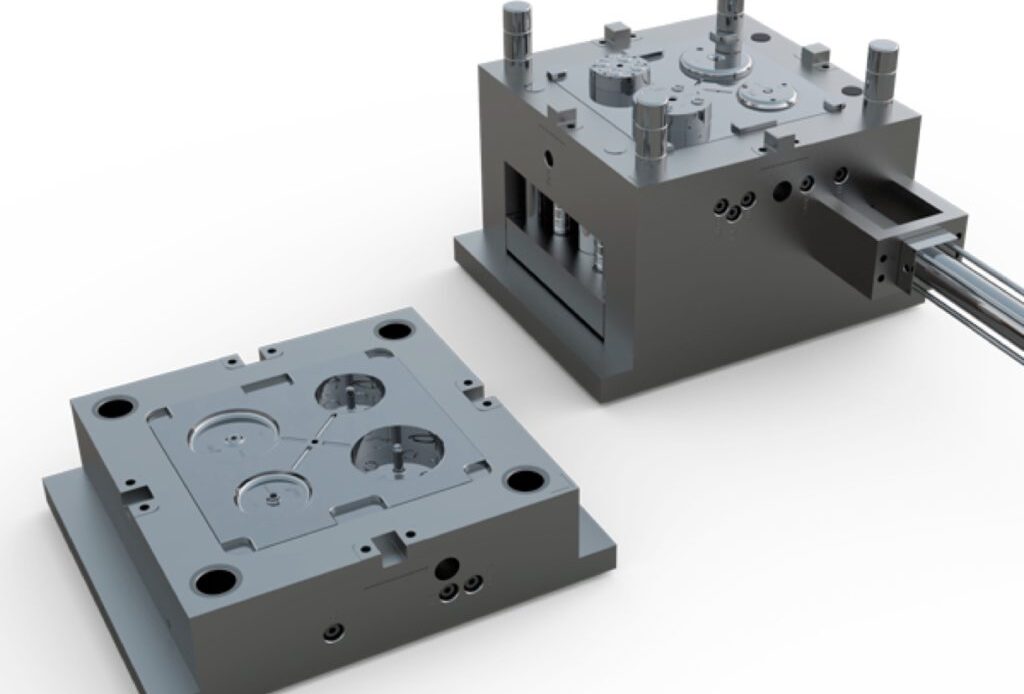Household injection moulding products are a staple in many homes around the world, and for good reason. These products are made through a process called injection moulding, which is a manufacturing technique that involves injecting molten plastic into a mould, where it cools and hardens to take the shape of the mould. This process is used to create a wide variety of household products, from simple items like combs and toothbrushes to more complex products like kitchen appliances and power tools.
Injection moulding is a versatile and efficient method of manufacturing, and it is used to create products that are both strong and lightweight. It is also a cost-effective method of manufacturing, as it requires less labour and materials than other methods. Additionally, injection moulding can be used to create products with intricate designs and precise dimensions, making it ideal for creating a wide variety of household products.
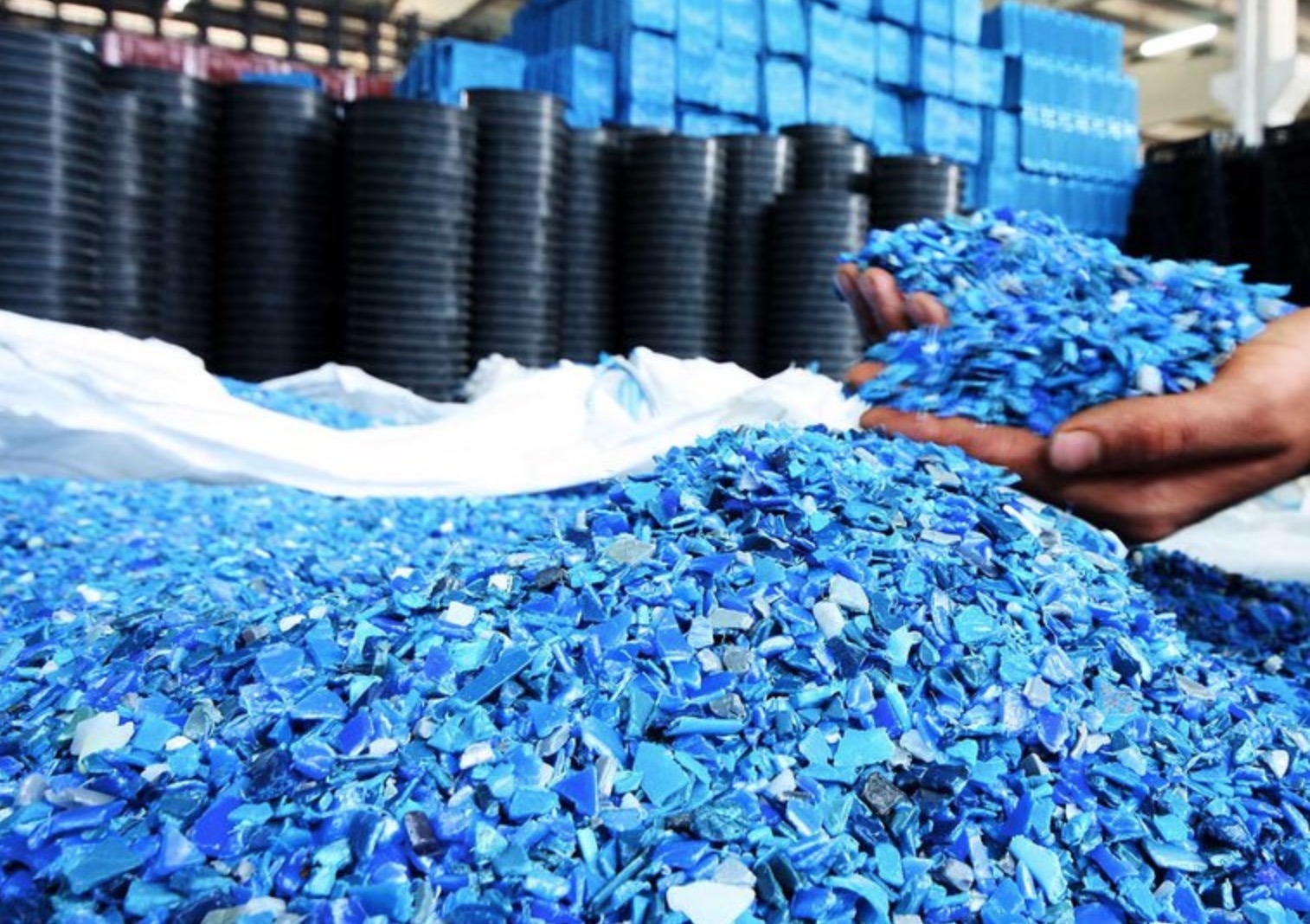
There are a few key factors to consider when using injection moulding to create household products. One of the most important is the quality of the mould. A high-quality mould will produce a high-quality product, while a poor-quality mould will produce a product that is weak and prone to defects. Additionally, the quality of the plastic used in the injection moulding process is also important, as it will affect the strength and durability of the final product.
Another important factor to consider when creating household products through injection moulding is the design of the product. This includes not only the overall shape and size of the product, but also the details and features that make it unique. For example, a kitchen appliance may have a specific design that allows it to be easily cleaned, while a power tool may have a design that makes it easy to grip and control.
In addition to the design and quality of the product, it is also important to consider the safety and environmental impact of household injection moulding products. Many plastics used in injection moulding can release harmful chemicals if not disposed of properly. It is important to ensure that the products are made with safe and environmentally friendly materials, and that they are disposed of properly when they reach the end of their useful lives.
Overall, household injection moulding products are a reliable and cost-effective way to manufacture a wide variety of household items. With proper design, quality materials, and safety and environmental considerations, these products can provide many years of service and enjoyment for consumers.
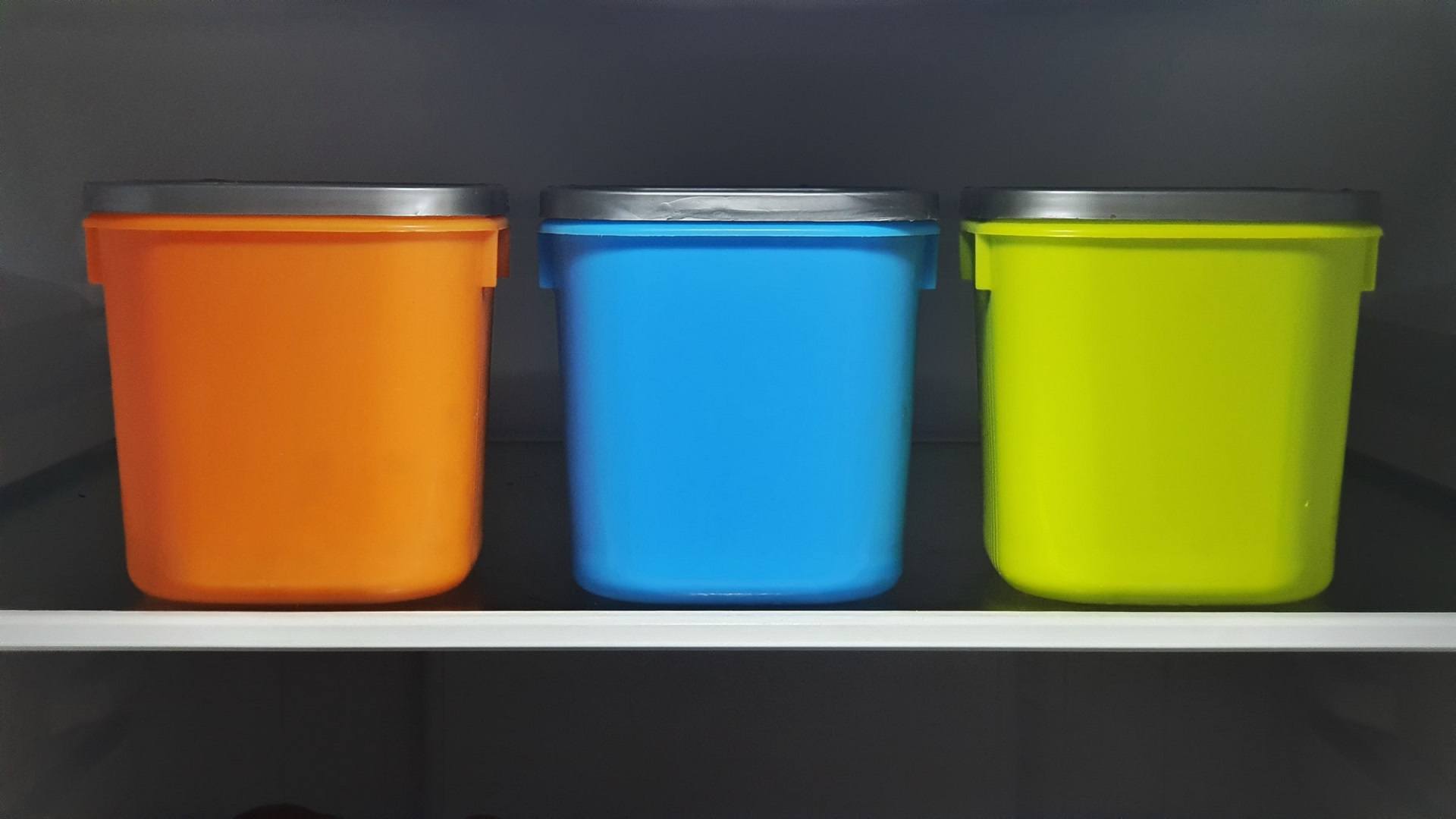
Injection Moulding Process in Detail
Injection moulding is a manufacturing process that involves injecting molten plastic into a mould, where it cools and hardens to take the shape of the mould. The process begins with a plastic pellet, which is heated until it becomes molten. This molten plastic is then injected into a mould, where it is cooled and solidifies to take the shape of the mould.
The process of injection moulding is divided into three main stages: the injection stage, the cooling stage, and the ejection stage.
The injection stage begins with the heating of the plastic pellets, which are fed into a hopper on the injection moulding machine. The plastic is then heated until it reaches its melting point and becomes molten. The molten plastic is then injected into the mould under high pressure. The pressure helps to ensure that the plastic fills every corner of the mould and that the final product is free from defects.
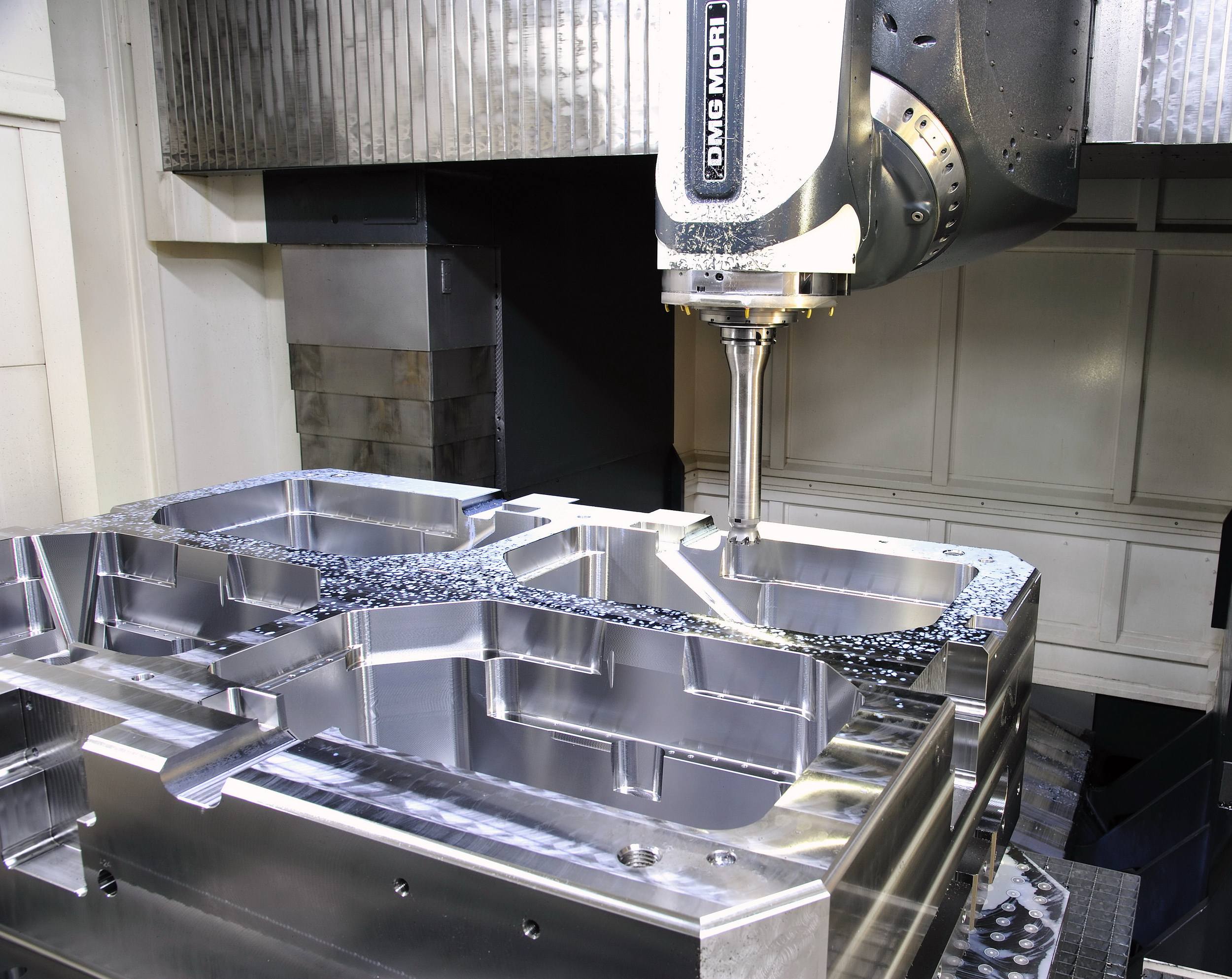
The cooling stage begins immediately after the injection of the molten plastic. During this stage, the plastic is cooled and solidifies to take the shape of the mould. The cooling time varies depending on the type of plastic used and the size of the product being manufactured.
The ejection stage is the final stage.



